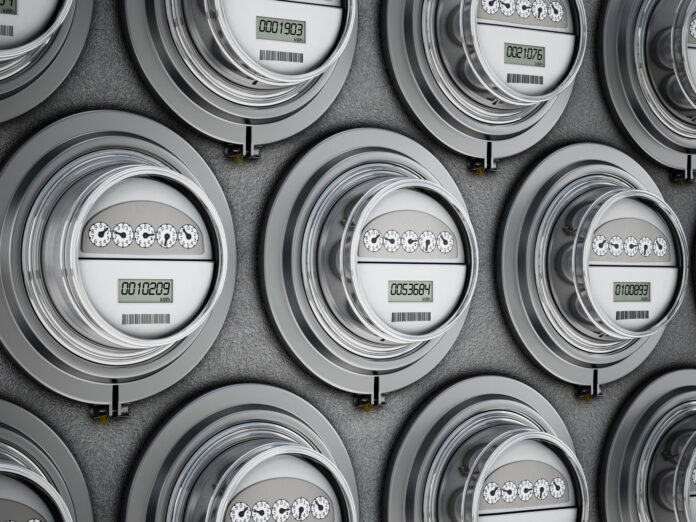The installed base of smart electricity meters in North America is forecast to grow at a compound annual growth rate (CAGR) of 4.8 percent during 2021-2027 to reach a total of 173.4 million units at the end of the period, according to a new research report from Swedish IoT analyst firm Berg Insight. The firm calculates the penetration of smart electricity meters in North America stood at 74 percent in 2021.
Over the next six years, the penetration of smart meters in the U.S. will increase to reach a level of 93 percent. Meanwhile, smart meters will reach 94 percent of homes in Canada in the period.
Mattias Carlsson, IoT analyst at Berg Insight, said: “First-wave deployments will continue to grow in the coming years and will be driven by the launch of major new projects by late adopters in the Northeastern U.S. and Eastern Canada. Meanwhile, second-wave rollouts for early adopters are now also ramping up and will grow their share of annual shipment volumes from around 12 percent in 2021 to around 75 percent by 2027.”
According to the study, the annual shipments of smart electricity meters in North America will grow from 10.7 million units in 2021 to 17.3 million units in 2027. The report also noted that the Covid-19 pandemic had a notable impact on deployments during 2020 with a year-over-year decrease of around 13 percent in annual shipment volumes. The market has since experienced an increase in shipments and yearly sales will peak in 2024 at 18.4 million units, it said, slightly decreasing thereafter to around 17 million units through to 2027.
Alongside the increase in replacements, the development of smart metering technology in the North American market has in the last couple of years shifted focus to serving new demands beyond smart metering. Berg Insight noted that the utilities are now looking to leverage their existing network canopies for a wider array of smart city applications while also trying to figure out how to cope with the integration of the rapidly increasing number of electric vehicles and distributed energy resources into the grid infrastructure.
Carlsson said: “The race has begun between the top vendors to develop and successfully commercialize the most attractive use cases for second-wave smart metering technology. Besides increased computing power and edge analytics capabilities that enable a new set of benefits, utilities are more and more looking to integrate multiple smart city applications into a single solution.”
More than 56 percent of the electricity customers in European Union and the United Kingdom (the so-called EU27+3) had a smart meter at the end of 2022, according to a previous report by Berg Insight. The European market is set for “robust” growth in the coming years, with a total of 106 million smart electricity meters forecasted to be deployed across the region during 2022–2027.
Berg Insight forecasts that the smart electricity meters market in the region will expand at compound annual growth rate of 5.8 percent until 2027, when the installed base of smart electricity meters is expected to reach a penetration rate of 74 percent, driven by large rollouts in the U.K., Poland and eventually also Germany and Greece, in combination with nationwide rollouts in several small- and mid-sized countries.

